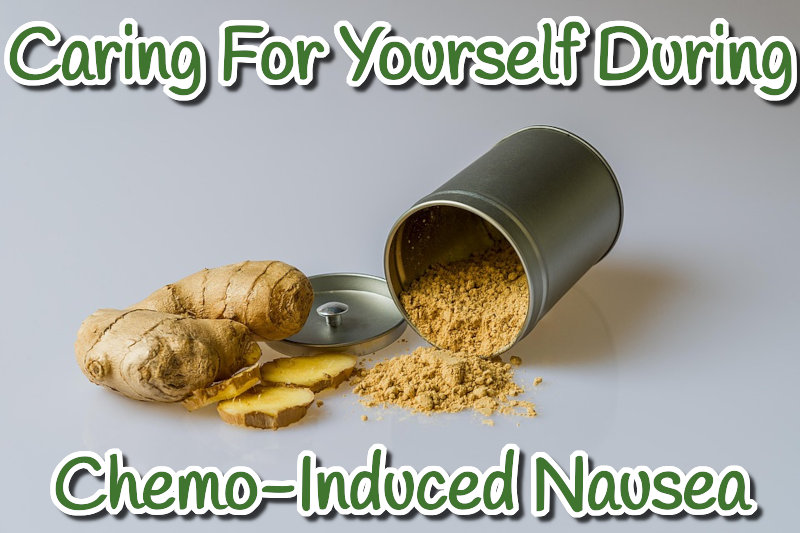Chemo-Induced Nausea: Simple Self-Care Tips to Feel Better During Treatment 2025

May 10th, 2025 | Cancer, Nausea
Chemotherapy can feel like a storm that rattles the body and mind. Few side effects hit as hard as chemo-induced nausea. This relentless queasiness isn’t just uncomfortable—it can make everyday life much tougher. The good news? Taking simple self-care steps can help soften the blow and restore a sense of control as you move through treatment.
Understanding Chemo-Induced Nausea
Chemo-induced nausea is a frequent side effect faced by many going through cancer therapy. This happens because powerful chemotherapy drugs attack not just cancer cells, but also other rapidly dividing cells in your body. Some medicines trigger nerve endings in the stomach, or send signals to the brain’s nausea center, setting off waves of sickness.
Why do some feel it more than others? Genetic differences, the type of drugs used, and personal health history all play a role. Chemo-induced nausea can also lead to dehydration, weight loss, and low spirits—turning treatment into a steeper climb.
For a deeper dive into the biology of these symptoms, the Science of Chemotherapy Nausea offers insight into why these reactions occur and how they affect daily life. Reliable medical resources like the National Cancer Institute also outline the scope and latest research about chemo-induced nausea and vomiting.
Practical Self-Care Strategies to Manage Chemo-Induced Nausea
Finding relief often means mixing tried-and-true methods with a bit of trial and error. Self-care goes beyond prescriptions—it’s about building daily habits that keep nausea in check.
Staying Hydrated and Why It Matters
Water is more than just a drink—it’s a lifeline, especially when nausea threatens your balance. Chemotherapy can quickly deplete fluids, making it easier to feel weak and dizzy. Because dehydration can sneak up, it’s important to sip fluids even when you’re not thirsty.
Here are ways to keep your hydration steady:
- Keep a bottle within reach to remind you to sip.
- Choose water-rich options like melon, cucumbers, or clear soups.
- Opt for ginger tea or weak herbal teas if plain water doesn’t sit well.
- Watch out for signs of dehydration: dry mouth, headache, dark urine, or feeling faint.
When nausea strikes, following tips for Easing Chemotherapy Nausea can also help you manage both hydration and queasiness more effectively. Even small tricks—such as adding a splash of lemon or trying sparkling water—might make drinking easier.
Smart Nutrition Choices During Chemotherapy
Food choices can either settle or inflame chemo-induced nausea. The body needs fuel to heal, even if your appetite shrinks and tastes change.
What works best?
- Small, frequent meals outshine big ones.
- Dry crackers, toast, or rice can cushion the stomach.
- Cold or room temperature foods often have less smell, which can help avoid triggering nausea.
- Avoid greasy, spicy, or super-sweet foods—they can fan the flames of discomfort.
For more detailed meal planning, these diet tips for chemo patients offer practical ways to make eating easier. Outside resources like the Johns Hopkins Cancer Diet Guide also explain which foods to add and avoid during treatment, helping you build balanced meals that support healing.
Exploring Alternative and Complementary Approaches
Sometimes, self-care includes looking beyond food and medicine. Many find relief in simple comforts or alternative remedies, and it’s safe to try a few (with your doctor’s blessing).
Gentle techniques to try:
- Ginger: Sipping ginger tea or sucking on ginger candies can settle uneasy stomachs. Ginger is a classic remedy and backed by research for its anti-nausea effects.
- Acupressure: Applying pressure to points on your wrist (like the P6 spot) can curb nausea for some.
- Relaxation: Deep breathing, gentle yoga, or listening to calming music helps keep stress low—and stress can make nausea worse.
For more on these options, this guide to Alternative Nausea Treatments covers approaches like peppermint, acupuncture, and mindful breathing. A solid roundup of natural remedies is also available from Healthline, outlining techniques such as lemon, fresh air, and breath control.
Conclusion
Chemo-induced nausea is a tough opponent, but you can fight back with simple, flexible self-care. Stay hydrated, choose gentle foods, and explore remedies that work for your unique body. This journey isn’t the same for everyone, so take time to listen to your needs—and don’t hesitate to ask your care team for extra help.
For more guidance on chemotherapy preparation tips or how to get ready for treatment, explore trusted resources and connect with support communities. Your well-being matters every step of the way.
Recent Posts
- Nurturing Your Body (and Baby) During Pregnancy: A New Year’s Resolution for Self-Care
- Surviving Christmas Eve with a Newborn: A Guide for Festive Families
- Caring for a Newborn Over Christmas: A Survival Guide for Families
- Navigating the Holidays: Finding Joy and Comfort Around the Christmas Table While Cancer Treatment Persists
- Christmas Dinner Recipes for Pregnant Women: A Festive & Gentle Feast
Categories
- All-Natural (4)
- Blog (47)
- Cancer (73)
- Diet (15)
- Holidays (27)
- Lifestyle (67)
- Motion Sickness (44)
- Nausea (104)
- New Mothers (36)
- Oncology Testimonials (3)
- Prebiotics (1)
- Preggie Products (11)
- Preggie Testimonial (23)
- Pregnancy (158)
- Queasy Products (7)
- Queasy Testimonial (17)
